To keep up with the current global demand for antibody fragment characterization, vaccine research and whole-cell biologics, continuous technological advances are vital in helping transform initial research hypotheses into actionable results.
This is particularly true in the field of label-free protein analysis.
As such, Sartorius now offers complete bio-layer interferometry (BLI) and surface plasmon resonance (SPR) label-free protein analysis solutions to match current and future research requirements.
With outstanding sensitivity for both small and large molecules, low baseline drift and noise, large injection volumes, and new OneStep® and NeXtStep™ Gradient Injection technologies, the new Octet® SF3 enables users to produce high-quality binding kinetics and affinity data in a fraction of the time when compared to the standard single-cycle or multi-cycle kinetics.
Integrated with software designed by users for users, the Octet® SF3 provides a strong, low-maintenance, high-throughput SPR solution for the quick characterization of an extensive range of biomolecular interactions.
Discover Octet® SPR with unique patented injection modes
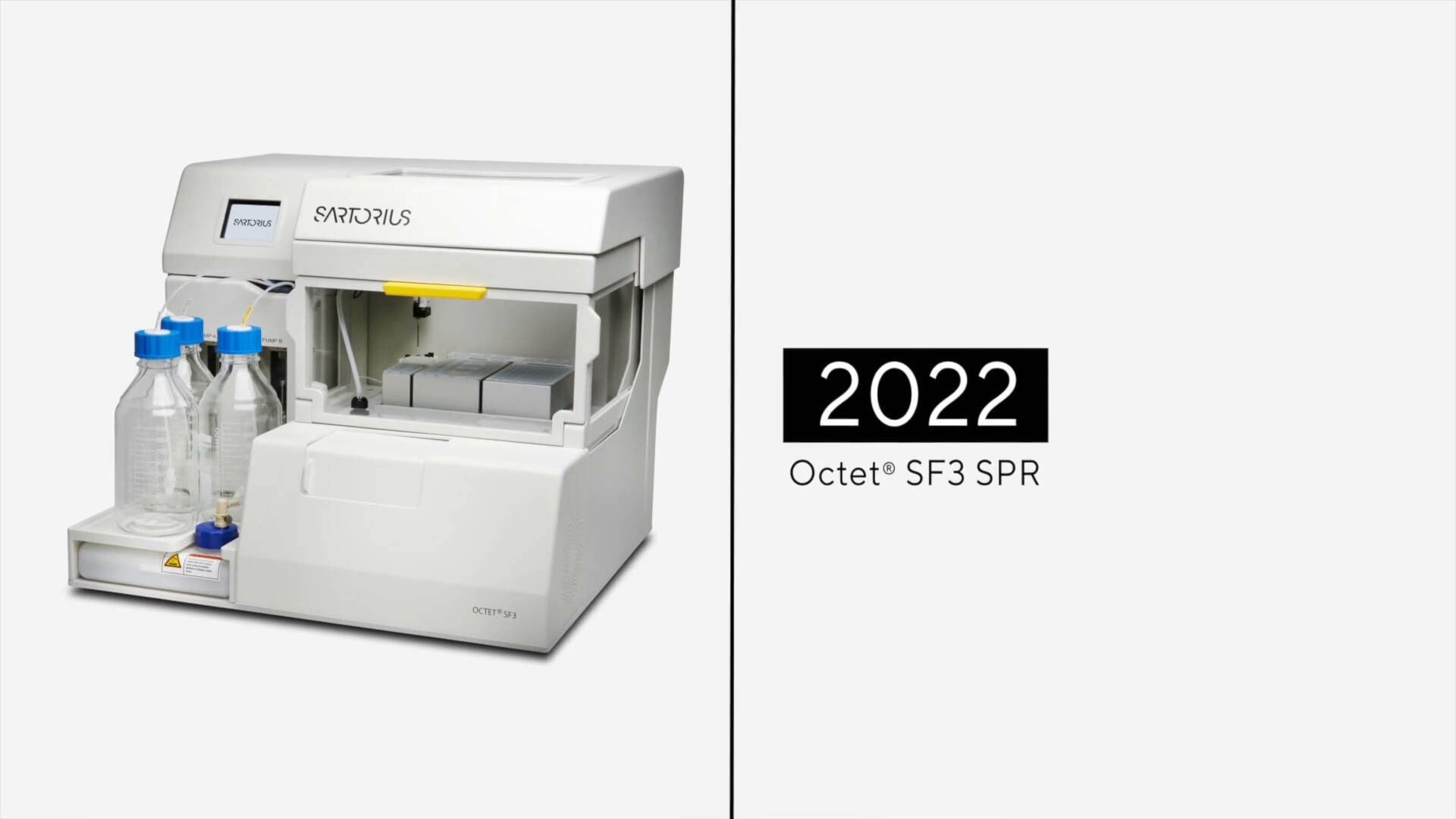
Video Credit: Sartorius Corporation
Discover more of the Octet® SF3
Sensor chip selection is a vital feature of all SPR assays, with each Octet® SPR sensor chip guaranteeing precise and reproducible outcomes.

Image Credit: Sartorius Corporation
A wide range of Octet® SPR consumables is available for use with the Octet® SF3.
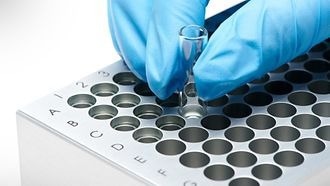
Image Credit: Sartorius Corporation
Octet® SPR services detect potential issues before they develop into future problems, helping to maximize the productivity of instruments.
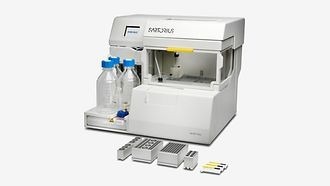
Image Credit: Sartorius Corporation
Features of the Sartorius Octet® SF3
OneStep® Injection Technology
- Remove the need to prepare concentration dilution series for each analyte, saving time, reagents and plate space.
- Diffuse a single concentration of analyte into a stream of buffer to create an analyte concentration gradient of at least three orders of magnitude.
- Accurate measurement of molecule kinetics and affinity from a single analyte concentration.
- Two standard injection formats: OneStep® Injection Technology and industry-standard multi-cycle kinetics (MCK).
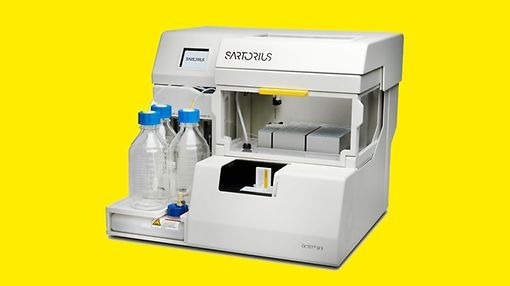
Image Credit: Sartorius Corporation
NeXtStep™ gradient injections
- Determine the behavior of an analyte in the presence of a competitor molecule from a single injection.
- Assess multiple analytes and competitors in a single assay without needing the competitor to be present when running the buffer.
- Clearly determine full binding kinetic profiles, affinity and site-specific competition as a modulation of binding in the presence of a competitor molecule.
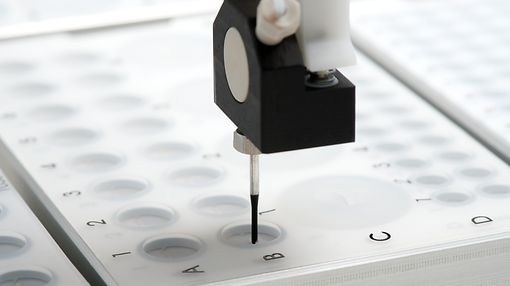
Image Credit: Sartorius Corporation
High-throughput sample acquisition
- OneStep® Injection Technology: More than 72 hours of unattended run time and a unique sample layout allow for high-throughput acquisition and analysis of hundreds of samples in a single run, making the Octet® SF3 suitable for even the most high-throughput library screens.
- Generate complete kinetics and affinity for up to 768 samples in a single unattended assay.
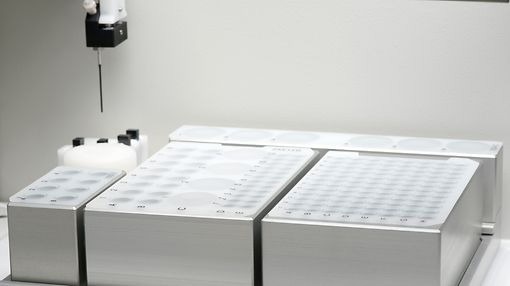
Image Credit: Sartorius Corporation
Benefits of the Octet® SF3
Increased buffer volume
- Holds a maximum of three one-liter bottles, consisting of one water and two buffer lines.
- Dedicated water line to reduce the risk of blockage formation and buffer precipitation.
- Independently functioning buffer lines, allowing the use of two running buffers to be used during an assay.

Image Credit: Sartorius Corporation
Optimized fluidics
- Improved fluidic system, particularly developed to reduce possible sources of blockage.
- New fluidic design leads to a strong, powerful, and low-maintenance system.
- System desorb, clean and decontamination protocols ensure maximum system uptime.

Image Credit: Sartorius Corporation
Sample recovery
- Recovery of precious samples for further analysis can rapidly decrease workflow times.
- The Octet® SF3 enables the recovery of a bound analyte utilizing a predefined Sample Recovery Injection.
- The same analyte can, thus, be re-used for alternative analytical methods.
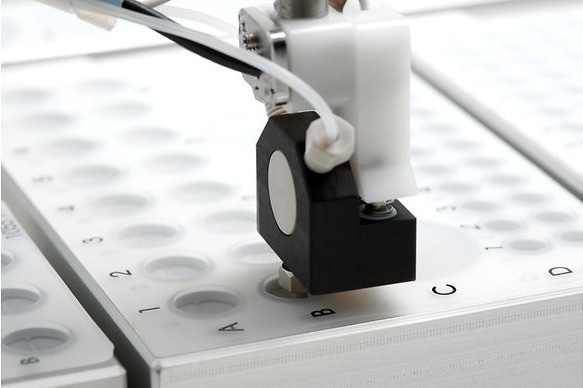
Image Credit: Sartorius Corporation
Thermodynamic and physiological measurements
- In-line buffer degassing prevents air bubble formation and, when combined with a large syringe volume (700 µl), allows for the precise calculation of dissociation rate constants.
- Study interactions across a wide range of temperatures to rapidly assess the affinity and kinetics of therapeutics at physiological temperatures.
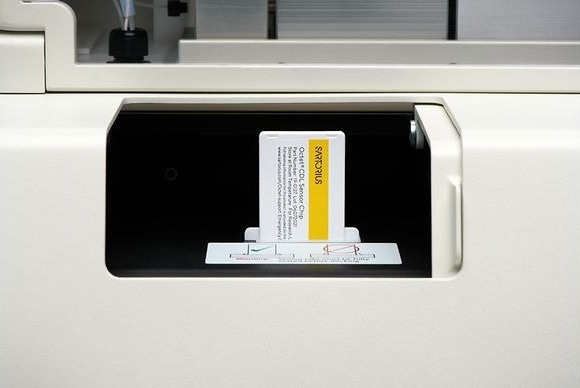
Image Credit: Sartorius Corporation